
A New Journey: Frozen Embryo Transfer
.svg)
























What is frozen embryo transfer?
Does using frozen embryos for a long time affect the baby's health?


No, it has no negative repercussions. Freezing time doesn't affect babies' development or health.
How likely are you to achieve a pregnancy with frozen embryos?


The chances of pregnancy are very similar to those of fresh embryos, although it depends mainly on the woman's age at the time the embryos were frozen.
How is the uterus prepared for the transfer?


A natural cycle can be used to monitor spontaneous ovulation, or a cycle substituted with estrogen to develop endometrium and progesterone to simulate the luteal phase. The objective is endometrial thickness of 7-12mm with a trilaminar pattern.
When is the endometrium ready for transfer?


The endometrium should reach a thickness of 7-12 mm with a trilaminar pattern and adequate hormone levels. We perform serial ultrasound and hormonal analyses to determine the optimal time of transfer.
Can I choose how many embryos to transfer?


We recommend single embryo transfer (SET) to reduce the risk of multiple pregnancy, especially with good quality or genetically tested embryos. We discuss options based on your specific case and preferences.

The process of a new opportunity starts here.
Let's start your journey!
Evaluation and planning of the cycle


Consultation to review the quality and quantity of frozen embryos, updated medical evaluation, selection of the type of cycle (natural vs replaced), and planning the process according to your preferences and availability.
Personalized endometrial preparation


Start of hormonal medication if it is a replaced cycle, or ovulation monitoring if it is natural. Regular ultrasound monitoring of endometrial thickness and pattern, adjusting medication according to individual response.
Optimization of the transfer cycle


Confirmation of optimal endometrial conditions using ultrasound and hormonal analysis. Precise scheduling of the transfer day considering embryonic stage and endometrial receptivity.
Defrosting and transfer


Thawing of embryos under controlled conditions on the day of transfer. Post-thaw survival and quality assessment. Embryo transfer in an outpatient procedure of 10-15 minutes.
Post-transfer monitoring


Progesterone support according to protocol, monitoring of symptoms and well-being, pregnancy test after 10-12 days, and specialized medical follow-up in case of a positive pregnancy.
What do we offer you?
Specialized operating rooms
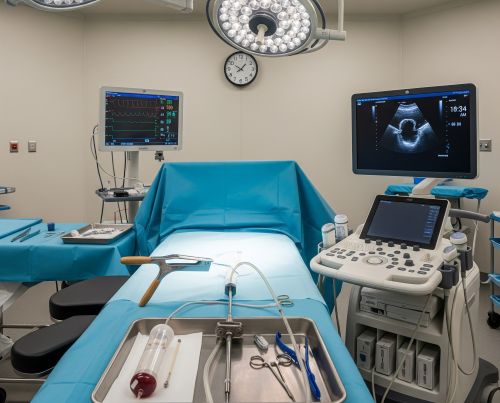
Specialized endometrial preparation
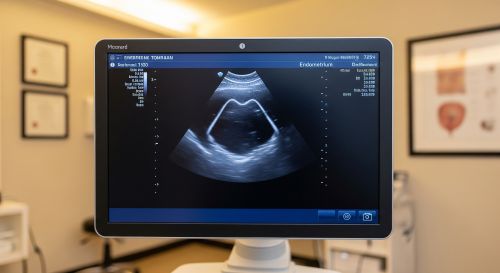
Endometrial Receptivity Test (ERA)
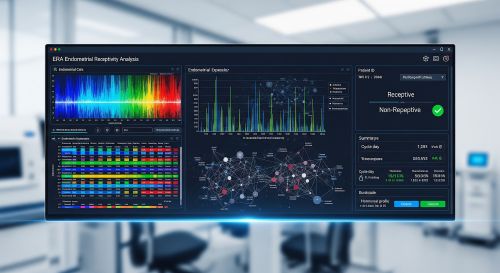
Comprehensive specialized monitoring
IVF after 40 - Join us!
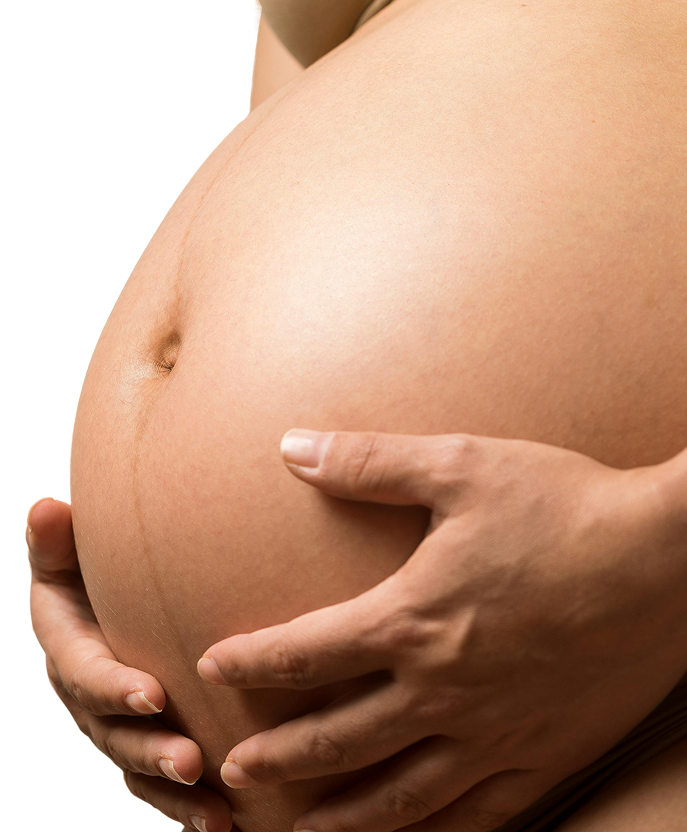
Talk to a consultant.
Talk to a consultant.
Schedule an appointment..png)
Paternity test?
Take a quiz!.png)



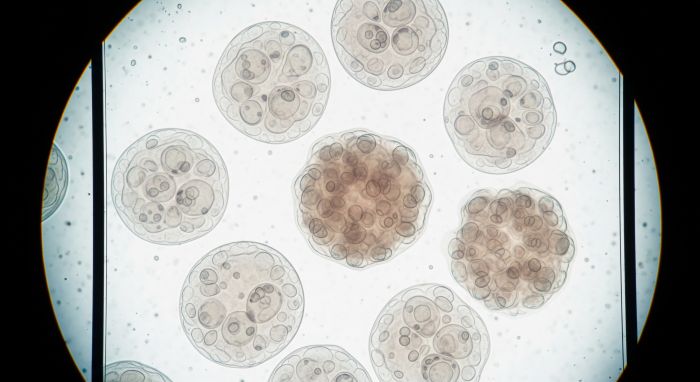





.png)





.svg)
.svg)